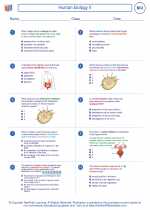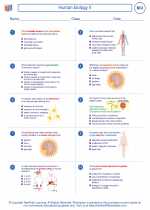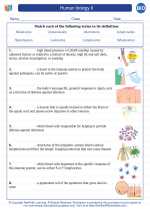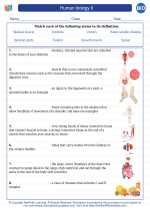Natural Satellites
A natural satellite, also known as a moon, is a celestial body that orbits a planet or a minor planet (or sometimes another moon). Moons are relatively common in the solar system, with most planets having at least one. These natural satellites come in a variety of sizes and compositions, and they play a crucial role in the dynamics of their parent planets.
Formation of Natural Satellites
Natural satellites are thought to have formed through various processes, including:
- Co-formation: Some moons are believed to have formed alongside their parent planets, from the same disk of gas and dust that gave rise to the planet itself.
- Capture: Moons may also have been captured by a planet's gravity, either from the surrounding space or from a passing object.
- Collision: Another theory suggests that some moons formed from the debris created by a massive collision between a planet and another celestial body.
Characteristics of Natural Satellites
Natural satellites exhibit a wide range of characteristics, including:
- Size: Moons can vary greatly in size, from small irregular bodies to large spherical ones.
- Orbital Period: The time it takes for a moon to complete one orbit around its parent planet varies widely, ranging from a few hours to several Earth months.
- Composition: Moons can be composed of rock, metal, ice, or a combination of these materials.
- Surface Features: Some moons have complex surface features, including craters, mountains, valleys, and even active geological processes such as volcanism or tectonics.
Significance of Natural Satellites
Natural satellites play several important roles in the solar system, including:
- Stabilizing Orbits: Moons can help stabilize the axial tilt and orbital dynamics of their parent planets.
- Gravitational Effects: The gravitational pull of moons can cause tides on their parent planets, and in some cases, contribute to the heating of planetary interiors through tidal forces.
- Scientific Study: Moons provide valuable insights into the formation and evolution of planetary systems, and they are the subject of ongoing scientific research and exploration.
Study Guide
To study the topic of natural satellites, consider the following key points:
- Understand the formation theories of natural satellites, including co-formation, capture, and collision.
- Learn about the characteristics of different natural satellites, including size, orbital period, composition, and surface features.
- Explore the significance of natural satellites in the solar system, including their roles in stabilizing orbits, causing tides, and contributing to scientific research.
- Study specific examples of natural satellites in the solar system, such as Earth's moon, the Galilean moons of Jupiter, and the diverse moons of Saturn.
By mastering these concepts, you will gain a comprehensive understanding of the fascinating and diverse world of natural satellites.
.◂Biology Worksheets and Study Guides High School. Human biology II

 Worksheet/Answer key
Worksheet/Answer key
 Worksheet/Answer key
Worksheet/Answer key
 Vocabulary/Answer key
Vocabulary/Answer key
 Vocabulary/Answer key
Vocabulary/Answer key
 Vocabulary/Answer key
Vocabulary/Answer key
 Vocabulary/Answer key
Vocabulary/Answer key
 Vocabulary/Answer key
Vocabulary/Answer key
 Vocabulary/Answer key
Vocabulary/Answer key
 Vocabulary/Answer key
Vocabulary/Answer key
